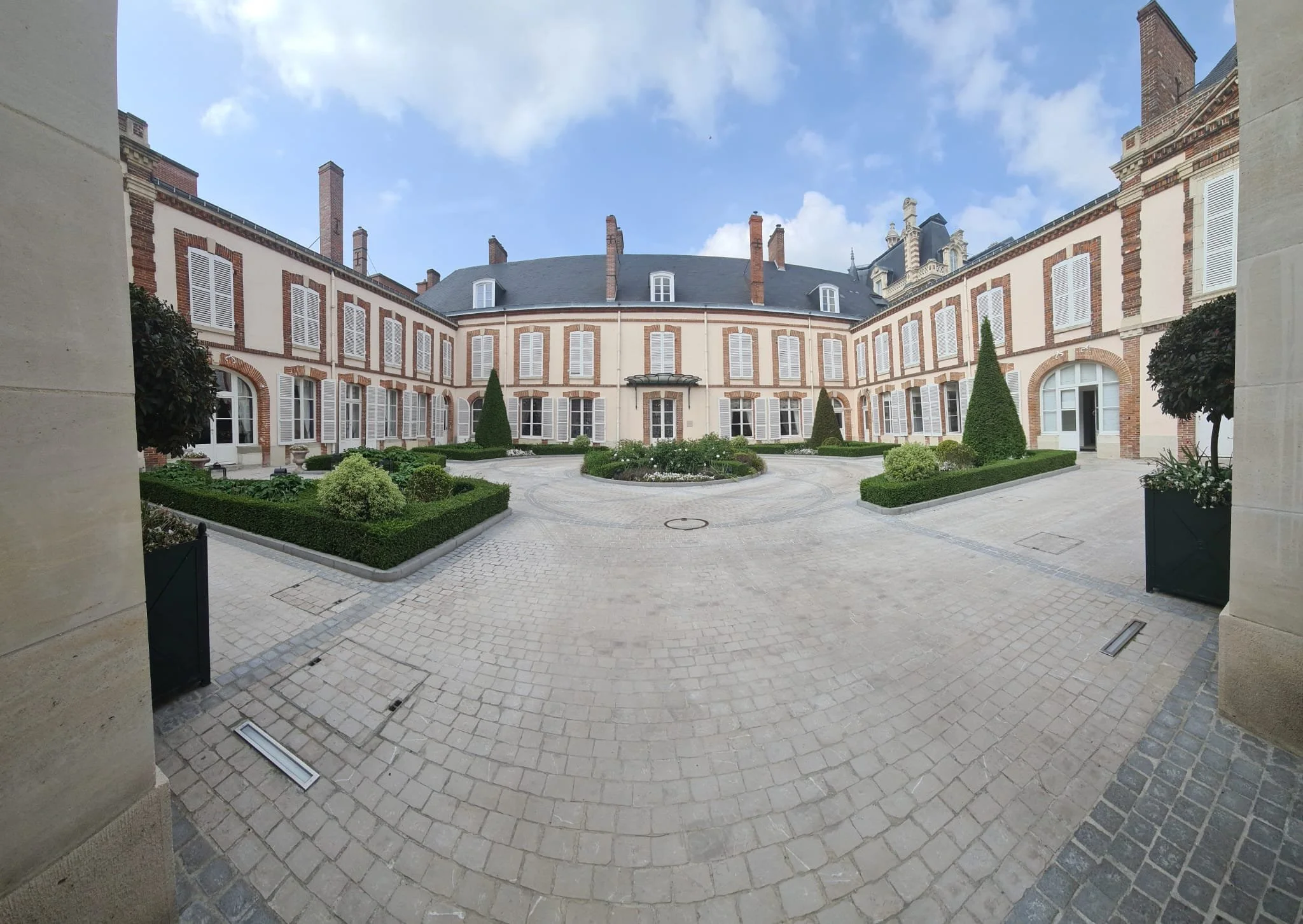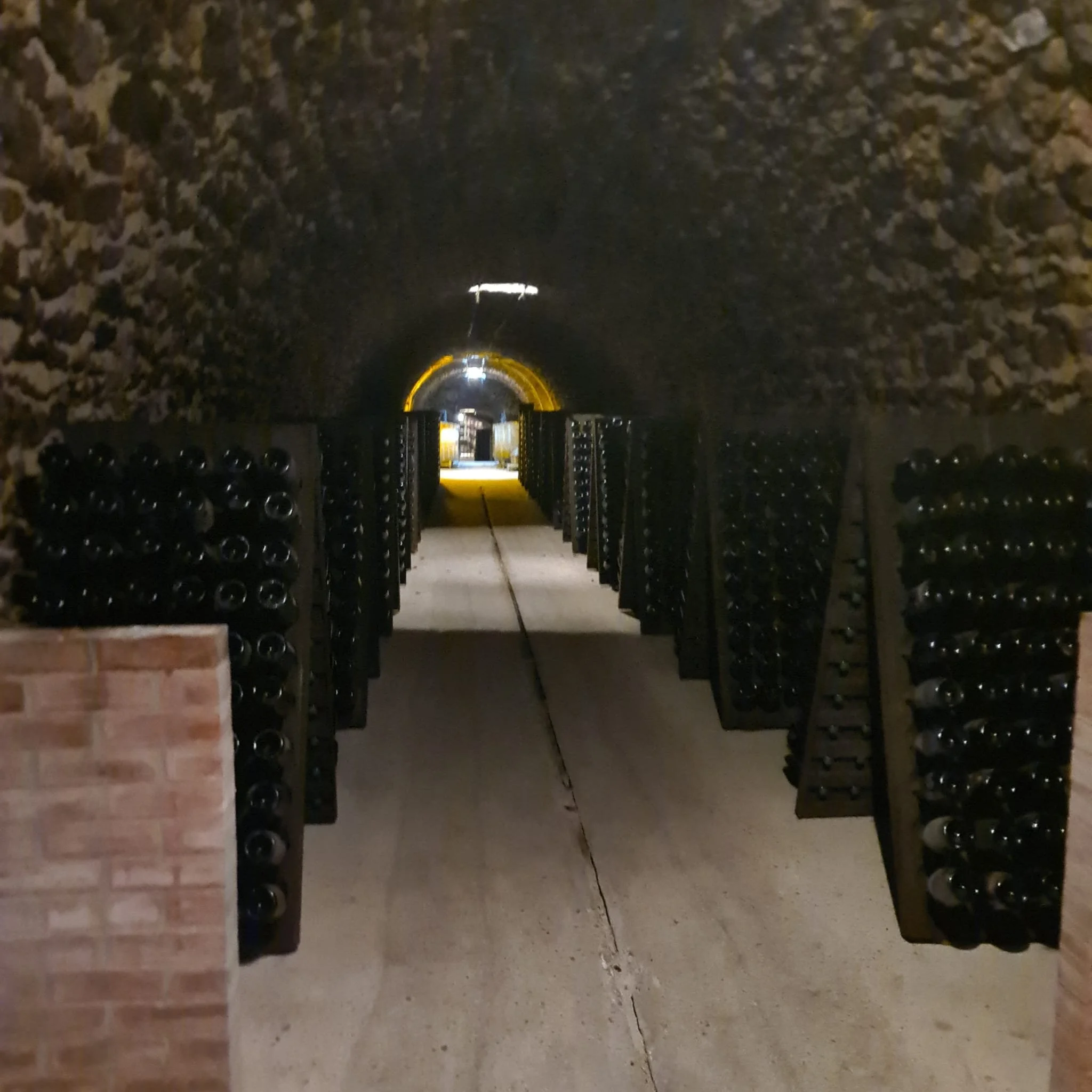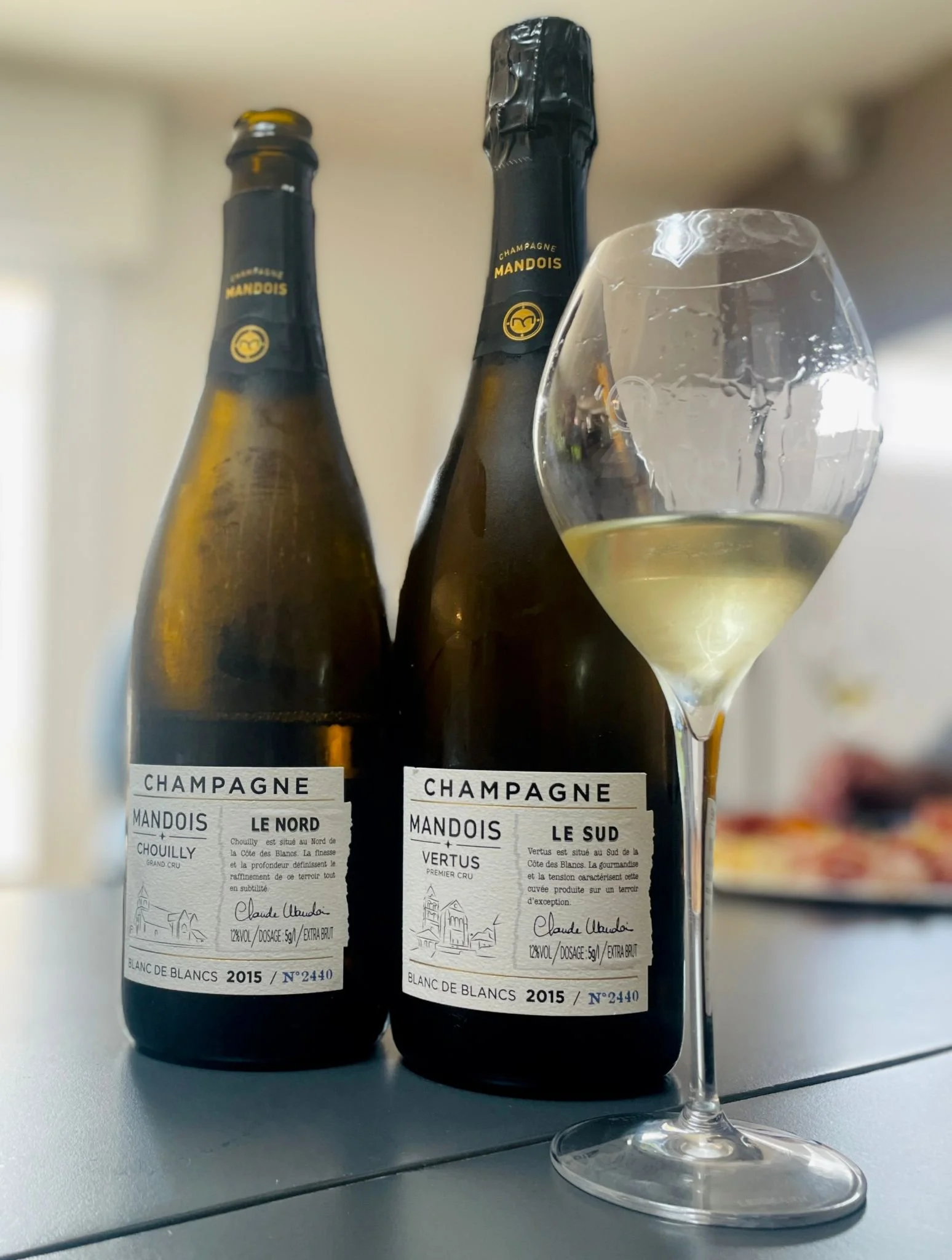When Josh went to Champagne…
When we were invited to send someone on a trip to visit the home of Champagne Mandois (the newest addition to BinTwo’s excellent sparkling wine section and the finest Champagne that you’ve probably never heard of) we decided to send our young gun… the boy wonder. The force of nature that is ‘our Josh’. What could possibly go wrong…
Disappointingly his stories on returning were devoid of tales misadventure but were full of wild-eyed excitement about what he’d seen and tasted. So we thought we’d ask him to share a little of his experience with you all. And here it is… Champagne Mandois in Josh’s own words.
Champagne was amazing! Driving through all the vineyards and hills was just idyllic. House Mandois did not disappoint either. A small (from the outside) building next to an old church is where we started, just behind is a tiny amount of vines which we were able to get a really good look at how they trellis and propagate the vines. We then went into where they press the grapes, they've got 2 air inflation presses which can process 4 tonnes an hour. All of the free run juice is separated by each terroir!
The barrel room was next and Holy smokes were there a lot! There must have been at least 100 barrels doing their job. There were 2 barrels in particular which they wanted to show us. Which were filled with what they call 'Ratafia' which is a blend of Pinot Noir juice and I believe grape spirit that they serve as dessert wines. We couldn't taste it, but the smell coming out of the barrel was absolutely insane! That's going to be immense when they finally get to bottle that up! Down further we went into the cellar we saw their bank of 30 automatic riddling* racks which are able to do a maximum of 4,250 bottles each per a month - a mind-blowing total of 127,500 bottles per month! As well as that, further into the depths there were manual racks which had their 'Victor Brut rose' where we could actually see the sediment in the bottle creeping slowly to the neck of the bottle!
The best part of the cellar though had to be right at the end of it. There are 1,000,000 bottles down there and tucked away in the maze were large formats up to a Nebucanhezzar (20 bottles) They would have been hard to sneak out the property! Along with that, there were some properly old vintage bottles of champagne. Dating back to 1952! It is just insane to think that there are bottles like that which are 71 years old and potentially still able to be drunk!
We then exited the cellar back up to the surface where we then went to have lunch and the tasting. We tried all but one of their range. All of which, I have to say, were absolutely amazing!
There were some major stand outs though, firstly the 2012 Victor Mandois Brut Rosé. Incredibly elegant and rich with a lot more secondary and tertiary notes, still some lovely red fruits running through though!
Then we have the duo pack of Le Nord and Le Sud (Editor’s note - we’ll have a tiny allocation in the Autumn). These wines are quite special as they consist of the same blend of grapes and all of the winemaking is exactly the same. The only difference between the wines is the land the grapes were grown in. And if I had any doubt in my mind about whether ‘terroir**’ makes a difference to the finished product this tasting put those thoughts to bed - the wines are wildly different! Showing you how a small distance between vines makes a massive impact. They also box the bottles up with the corresponding number on each bottle. Which is a nice little touch I think! Nord (the north) is super precise and knows what it is, crisp and textured. Lovely green fruit like apples stuck in there too! Then Le Sud (the south) this is ripe and fleshy. Majorly fun but still with a grown up sense to it. Full of fruit and cooked fruit, it is a really well made champagne!
We then said our goodbyes and were presented with a bottle of the Victor Brut Rosé as a gift which we swiftly opened when we got back to the hotel. I've got to say that it is just as good at room temperature as it is chilled! (Editor’s note - we do not recommend drinking premium Champagne at room temperature. Bloody kids…)
It was an amazing experience and I feel incredibly privileged to have been able to join the trip! Hopefully there are more in store for me in the future!!
** Riddling: The aim of riddling, or remuage, is to loosen the sediment so that it collects in the bottle neck. This age-old process involves rotating the bottle in small increments while gradually tilting it so that it is "neck-down" ("sur pointe"). In this way, the sediment will slide down into the bottle neck.
This job can be done by hand: the bottles are placed on wooden pupitres (riddling racks), which the "bottle turner" rotates by an 1/8 or a 1/4 turn at a time, with a chalk mark on the bottom of the bottle for reference. Manual remuage takes 4-6 weeks and involves on average 25 turns per bottle. Or, more commonly (and as Josh saw at Mandois) large riddling machines take care of the hard work.
**Terroir: If you want to drop a hand grenade into a conversation between wine enthusiasts you couldn’t do much better than casually ask ‘so what is ‘terroir’ then?’… and walk away. So rather than make our own effort to define it we’re going to shamelessly quote Alex Hunt, Master of Wine from his article published by Jancis Robinson MW.
‘Every now and again, the opinion is aired that the definition of ‘terroir’ should include local culture. The argument is typically made that, since human influence on a wine is just as important as soil, drainage, exposition, altitude, climate and so on, it should be bundled together with those natural factors under the one umbrella term. This does not follow. The success of a definition is measured by how usefully it demarcates concepts, and by extending the meaning of ‘terroir’ to encompass all local influences, geographical and cultural, I would say its utility is greatly diminished.
This is because local culture is both mutable and optional. You can choose to operate entirely within traditional parameters, or you can rebel. Changes to local practice occur within a generational timeframe, not a geological one. On the other hand, the physical characteristics of a vineyard, while not strictly permanent thanks to processes such as erosion and climate change, are not under winemaker control. You cannot rebel against these.
By keeping human influence separate from our definition of terroir, a more interesting picture emerges of their relative contribution to wine character. It seems to me that strict (geographical) terroir sets the overall agenda, the broadest stylistic limitations particularly regarding ripeness and maximum potential quality. Let’s call this the macro-influence.
Terroir is also responsible for the final, intimate details of a wine’s character, the differences between two single-vineyard bottlings made in the same way by the same person. It explains why Meursault Perrières tastes different from Meursault Charmes, Red Rock Terrace from Gravelly Meadow, Calvert from Cornish Point. This is the micro-influence.’




